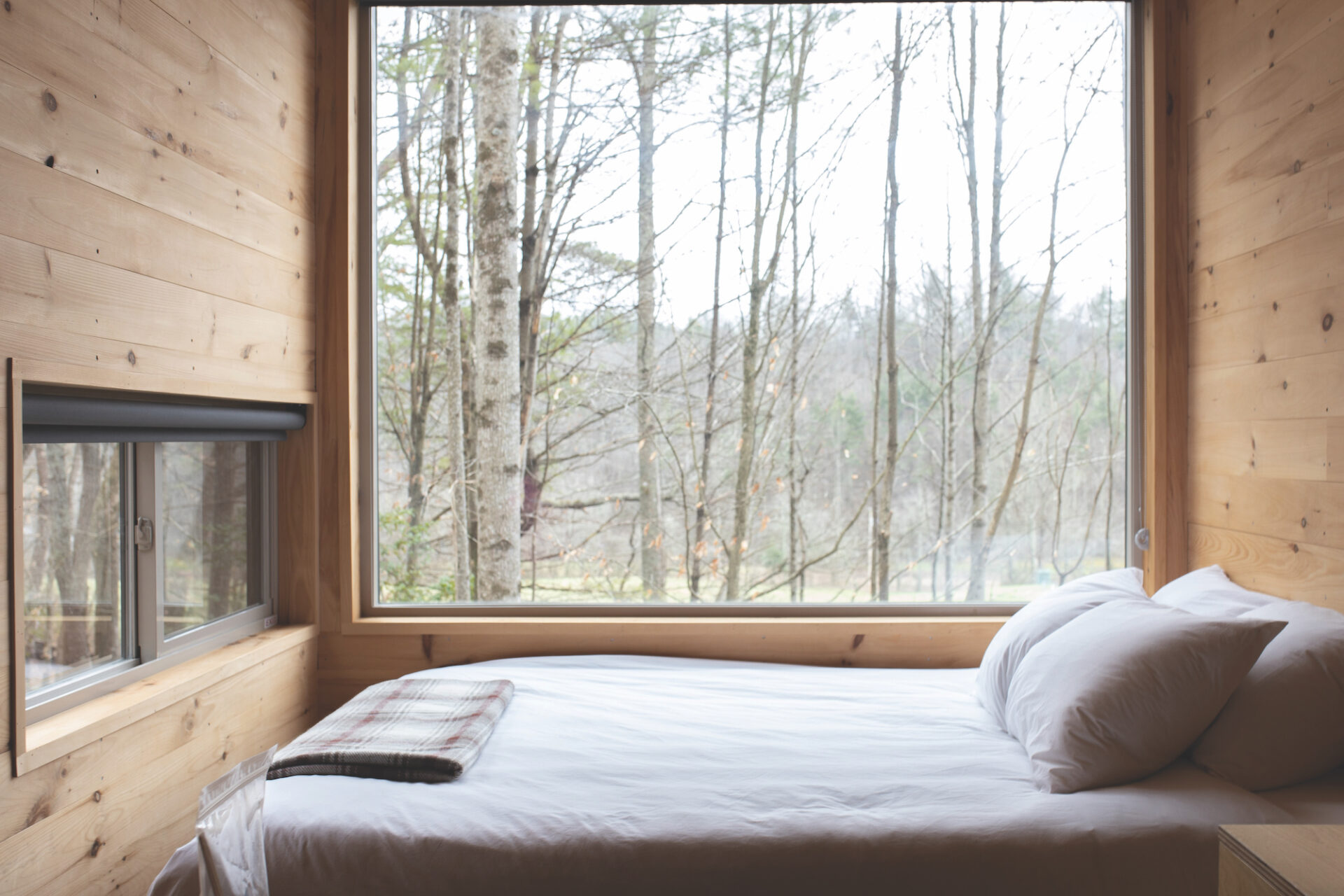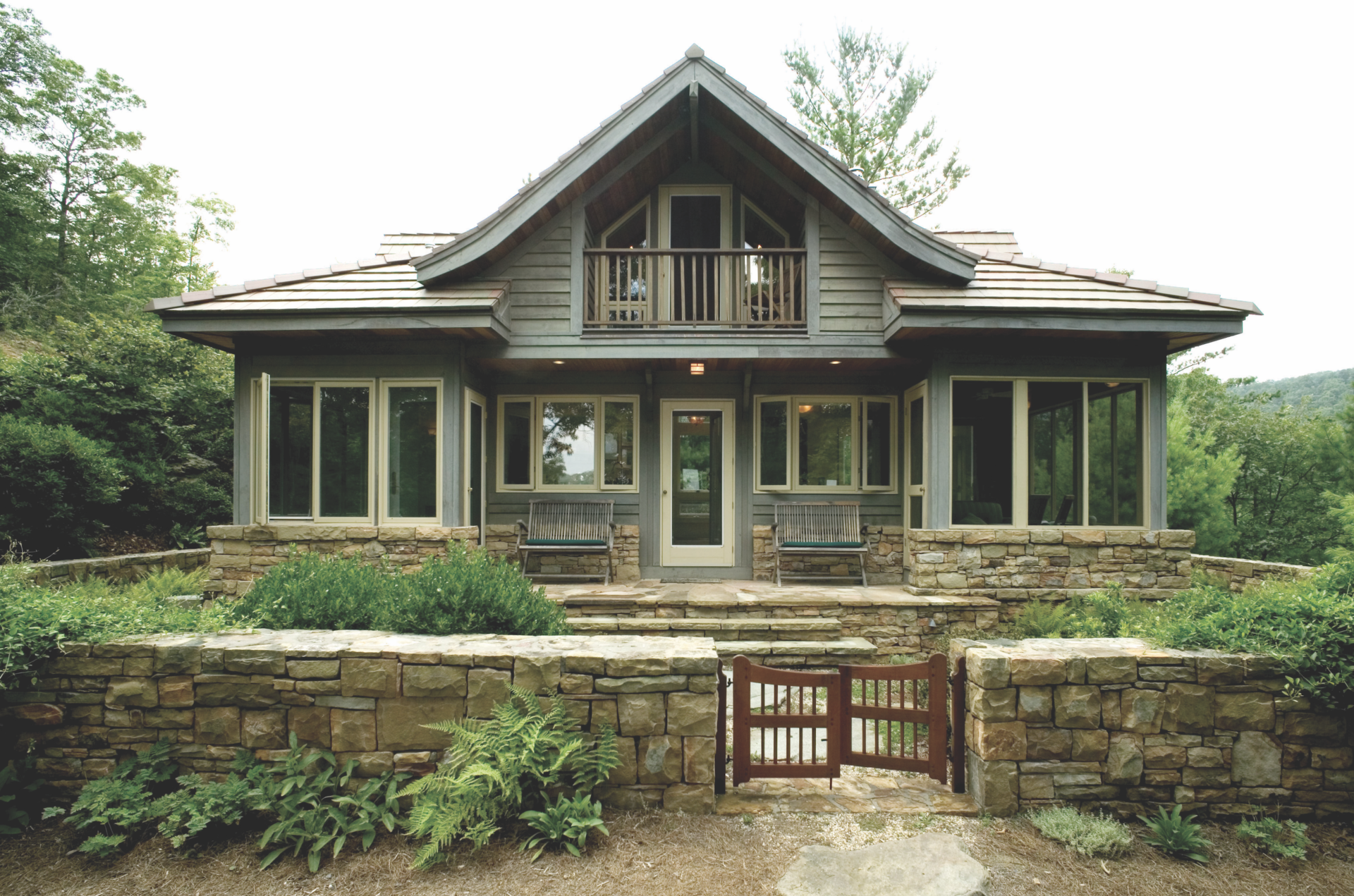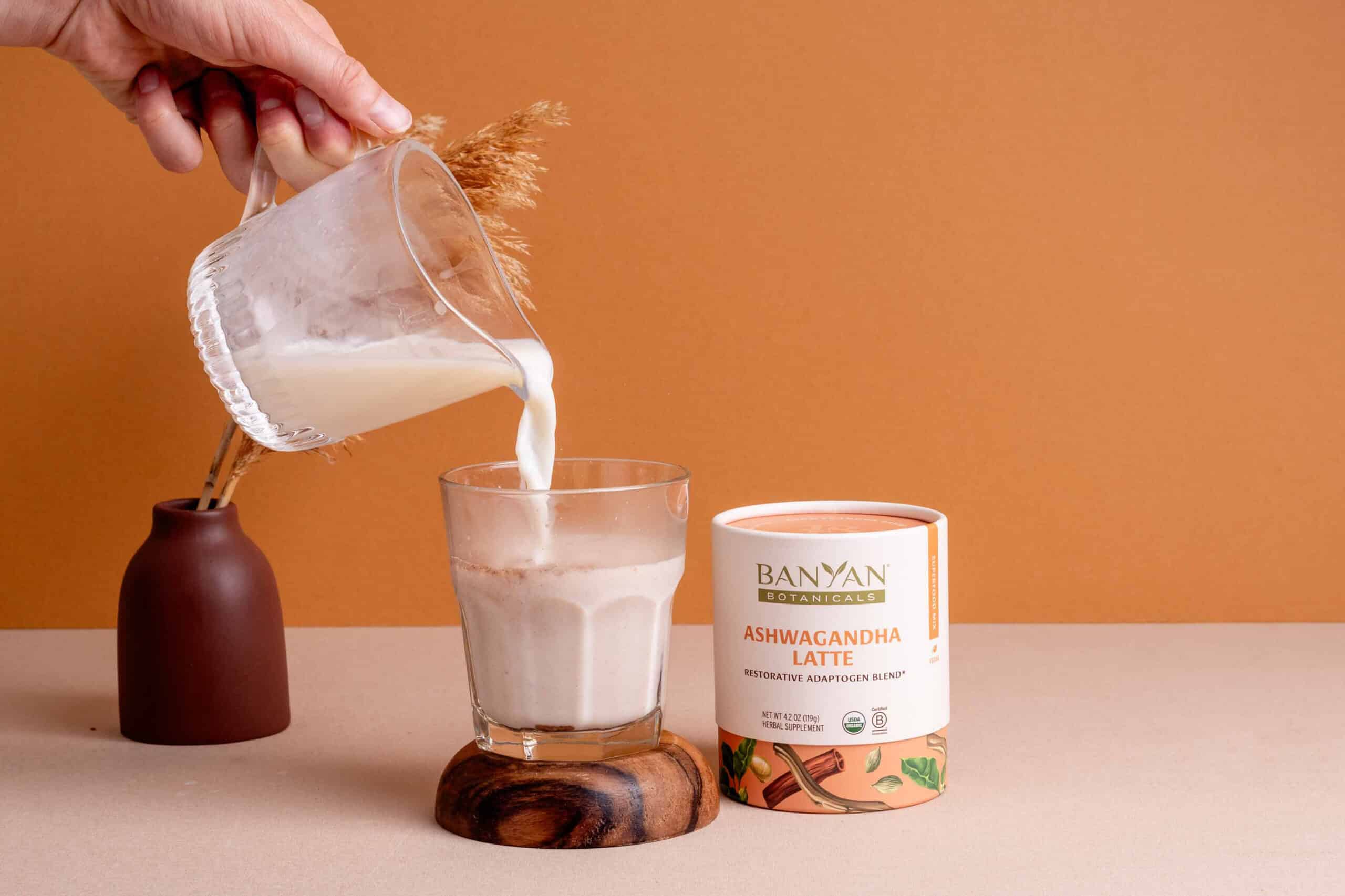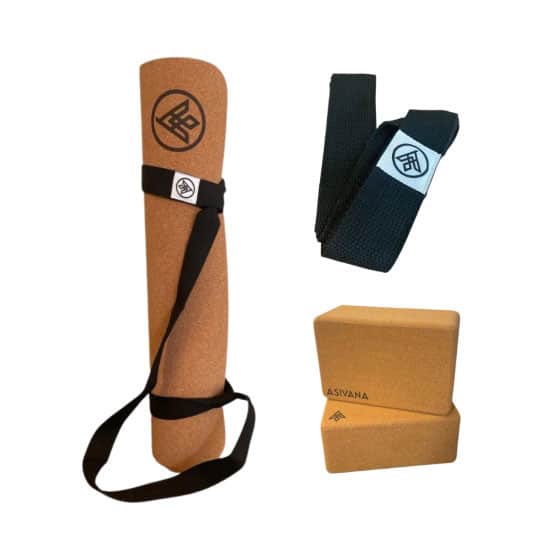Healthy Homes : Vedic Architecture for Optimal Health | By Julia Clarke
When I was a teenager, I began suffering from frequent, unexplained illnesses leading to a prolonged bout of chronic fatigue and depression. After learning about an ancient principle of Vedic architecture (Vastu), which advised that we should sleep with our heads pointing to the east or south for optimal health, my mother turned my bed around to give this idea a shot. Within weeks, I was transformed — I was more robust and started to enjoy better friendships at school and more harmonious relationships at home.
Vedic architecture is a traditional system of Indian architecture. Rather than a style of construction, it is founded upon a set of principles that recommend building in accordance with the organization of the universe to promote the health and happiness of the inhabitants within. A key element of Vedic architecture is the understanding that the human brain is sensitive to orientation. All day long, how we orient ourselves in relation to the places we are in (space), the events that are occurring (time) and the people we are interacting with informs our cognitive function. Vedic architecture places particular emphasis on the orientation of the brain in relation to the cosmos. An important principle is that the sun’s energy is most nourishing when it is rising, so orientating a building to face east bestows health, happiness, harmony, wealth and spiritual growth upon its occupants.
Positioning ourselves to receive the positive influence of the sun is a pattern that we see repeated in yoga and Ayurveda, which share the same philosophical roots as Vedic architecture. Yoga’s classical Sun Salutations were traditionally practiced in the morning facing east and Ayurveda encourages waking, eating and sleeping in rhythm with the sun.
So, is it really possible that something so apparently trivial as the arrangement of your furniture could have such a powerful impact on your health? Those that follow the principles of Vedic architecture would argue yes. A home is not an inert object but greatly influences the health and happiness of those who reside within it. In published research, Iowa physician Veronica Butler discovered that her patients who sleep in north-facing beds suffer from significantly more depression and anxiety than those who sleep in other orientations. Meanwhile a 2001 study published in the Journal of Affective Disorders found that bipolar inpatients in west-facing rooms had a mean 3.67-day longer hospital stay than patients in otherwise identical but east-facing rooms, where they were exposed to direct sunlight in the morning.
As the name suggests, Vedic architecture goes beyond furniture arrangement and includes recommendations on the orientation of a home’s entrance, detailed description of organization and proportion of rooms and even takes into account the building’s environmental surroundings to align the individual physiology to cosmic intelligence.
Susan Lauer, administrator for Maharishi Vastu, a system that restored the ancient principles of Vedic architecture, likens the homes that we live in to a box that can either impede or promote our access to nature’s intelligence. “Unless the box is aligned with the natural world, then all it does is create an interference. And, we live and work in those boxes for 85-95 percent of our lives.”
Though less well-known than its descendent Feng Shui, which has inspired many Americans to reorganize their homes for optimal energy flow, as of 2010 some 400 million dollars’ worth of Maharishi Vastu homes had been purpose built in America, with their inhabitants reporting improved quality of life and lower stress levels.
The most auspicious home has an east-facing entrance so that it receives the energy of the rising sun to support prosperity and spiritual growth. Blocking the sun’s light by living in a home that is west-facing or near mountains to the east is considered pernicious to health and happiness. A south-facing entrance is believed to bring strife and suffering; the 2001 study also found that homes with south-facing entrances were significantly more likely to be burglarized than those with east-facing entrances, while their occupants were more likely to experience mental illness and financial poverty.
If you’re not looking to get out the wrecking ball and start over just yet, don’t worry. You can still benefit from the wisdom of Vedic architecture with a little awareness and some simple changes. Grab your compass and try implementing these ancient recommendations to reduce hazards in your home and enlist the support of nature to bring you good health and happiness.
Sleep With Your Head Pointing Towards the East or South
Sleeping with the pillow end of your bed pointing east is considered best for spiritual growth, while south is recommended for health, particularly when recovering from an illness. If you can’t easily move your bed, simply turn around in it so your head points the opposite direction.
Use a North or East-Facing door
A north-facing entrance supports prosperity and happiness, while an east-facing entrance promotes wealth and spiritual growth. If your main entrance faces south or west and you’ve been experiencing financial or health issues since living there, try using a side or back entrance, if available.
Increase Access to Natural Light
The National Institutes of Health lists inadequate access to sunlight as a contributing factor to Sick Building Syndrome, the symptoms of which include headache, dizziness, nausea, difficulty concentrating, fatigue and personality changes. Keep window coverings to a minimum and enjoy natural light from as many angles as possible during the daytime.
Create Space for Spirituality
Designate a space (even a corner of a room) for your daily yoga, meditation or prayer practice to support your spiritual growth. This space should be clean, quiet, painted in a neutral color and, ideally, in the northeast of your home to support contemplation. Meditate facing east.
Use Natural Materials
Chemical contaminants found in common household materials are known to be detrimental to health. Enhance your surroundings with materials in your interior like wood and ceramic tile, natural fiber for carpets, curtains and furniture, and natural paints and glues.
Originally published in the Winter + Spring 2020-21 issue of CO YOGA + Life® Magazine.
Asivana products are made from FSC-certified cork and sustainably harvested natural rubber. Their products are naturally antimicrobial [...]

Subscribe to Our Tribe
Stay up to date with Y+L News, Events and special announcements.











